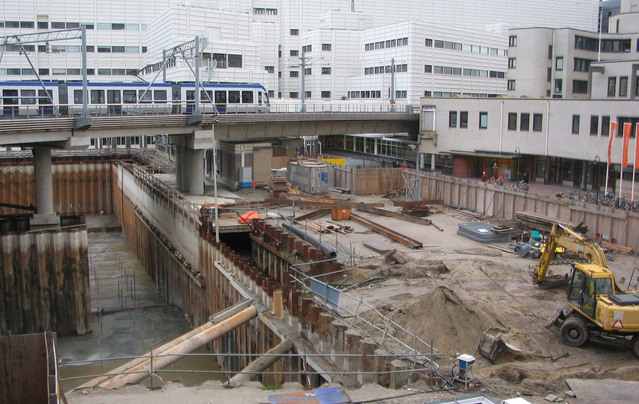The 2017-18 Federal Budget plan will help provide a strong increase to Australia’s $80 billion civil construction market, balancing out more decreases in resources-related work, according to BIS Oxford Economics (BIS). In introducing its civil building and construction report, Engineering Building in Australia 2017-2031, BIS stated that overall measured work performed in the slab cranes for hire sector will be up to $79.5 billion through 2016/17, down 16 percent on the previous year and 41 percent off the 2012/13 peak of $135 billion.
 Nevertheless, based upon an in-depth analysis of existing federal government costs programs, BIS is anticipating public sector-funded engineering construction to rise to a peak of more than $35 billion by 2018/19, nearly 30 percent above its 2015/16 level. This offsets even more falls anticipated in privately-funded engineering building and construction – especially in the project and quality management system of the LNG-heavy oil and gas section – keeping overall engineering building and construction activity in the $75-80 billion per year range.
Nevertheless, based upon an in-depth analysis of existing federal government costs programs, BIS is anticipating public sector-funded engineering construction to rise to a peak of more than $35 billion by 2018/19, nearly 30 percent above its 2015/16 level. This offsets even more falls anticipated in privately-funded engineering building and construction – especially in the project and quality management system of the LNG-heavy oil and gas section – keeping overall engineering building and construction activity in the $75-80 billion per year range.
“The boom in public infrastructure construction is exciting news as it helps drive a sizeable upswing in non-resources civil construction activity,” BIS Elder Supervisor of Facilities and Mining Adrian Hart stated. “While State and Territory Governments are the principal funders of infrastructure investment, the Federal Government plays an increasingly vital role in supporting State infrastructure programs and funding nation-building infrastructure. This is evident in the sizeable investment plans presented in the 2017/18 Budget, including the ‘off Budget’ commitments to Inland Rail, the construction of Sydney’s second airport, and the ongoing rollout of the NBN.”
Mr Hart stated the increasing use of ‘off Budget’ automobiles by the Federal government for financing and providing significant infrastructure possessions, liable under regulation as2550.10 and as2550.1, under-reports the true effect of Federal government infrastructure expenditure in the Budget – especially the reported National Collaboration Payments to the State and Area Federal governments that include the $75 billion Infrastructure Investment Program (IIP) and Infrastructure Development Bundle.
“On first blush, the outlook for Federal infrastructure contributions to the States to 2020/21 is on a declining trend after 2017/18, with lower levels of funding for 2015/16 and 2016/17 compared to the previous Budget,” Mr Hart stated. Nevertheless, Federal financing is now greater in the out-years compared with 2015, and this does not consider the considerable equity contributions needed to build Inland Rail and the Western Sydney Airport, and finish the rollout of the NBN.
Longer Term Dangers Stay to Public Infrastructure investment
Nevertheless BIS cautions there might be threats to longer term public infrastructure financing if financial conditions end up weaker than anticipated by the Federal government over the next 4 years.
“The economic forecasts presented in the 2017/18 Federal Budget are certainly rosier than ours,” stated Dr Sarah Hunter, Head of Australia Macroeconomics, BIS Oxford Economics. “Our main concerns are around the projected growth rate of household income and expenditure, which determine income tax and GST revenues. As these account for almost two thirds of total revenues, any miss on these projections will keep the budget in deficit beyond FY 2020/21. Without other spending cuts or tax rises, our forecasts suggest the budget will remain in deficit until at least the mid-2020s.”
In any case, BIS anticipates a slump in public sector-funded engineering building operations, which include GPS fleet asset tracking system and workforce mobility solutions, in the early 2020s as a significant program of roadway works, along with the rollout of the NBN, unwind throughout the nation. “It will be hard for State and Federal governments to sustain these higher levels of public infrastructure investment in the long term,” stated Hart. “Governments must continue to implement sensible tax and expenditure reforms to ensure sustainable funding for infrastructure, as well as maintaining a long term pipeline of productive projects, if a sharper downturn in publicly funded work is to be avoided.”
